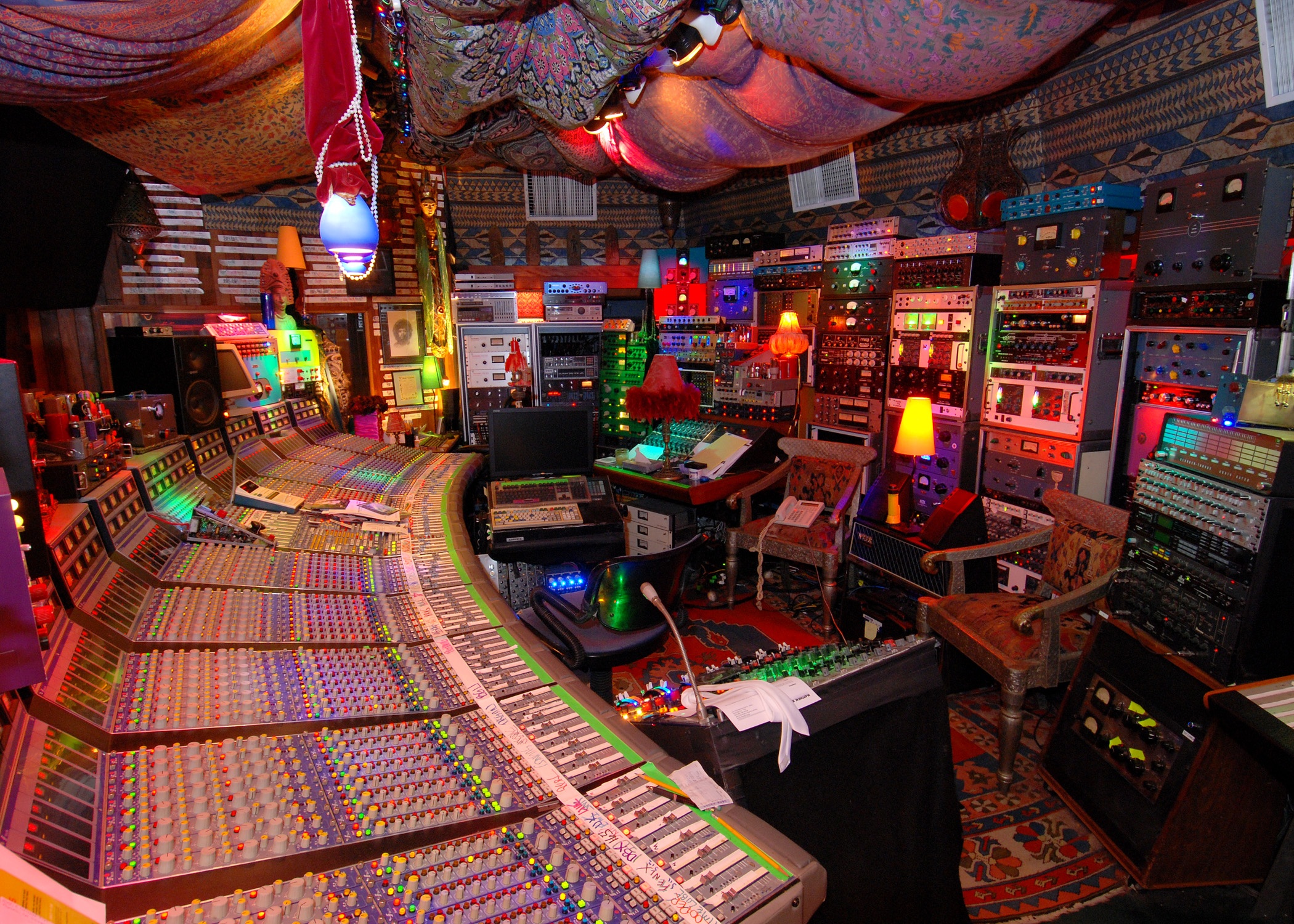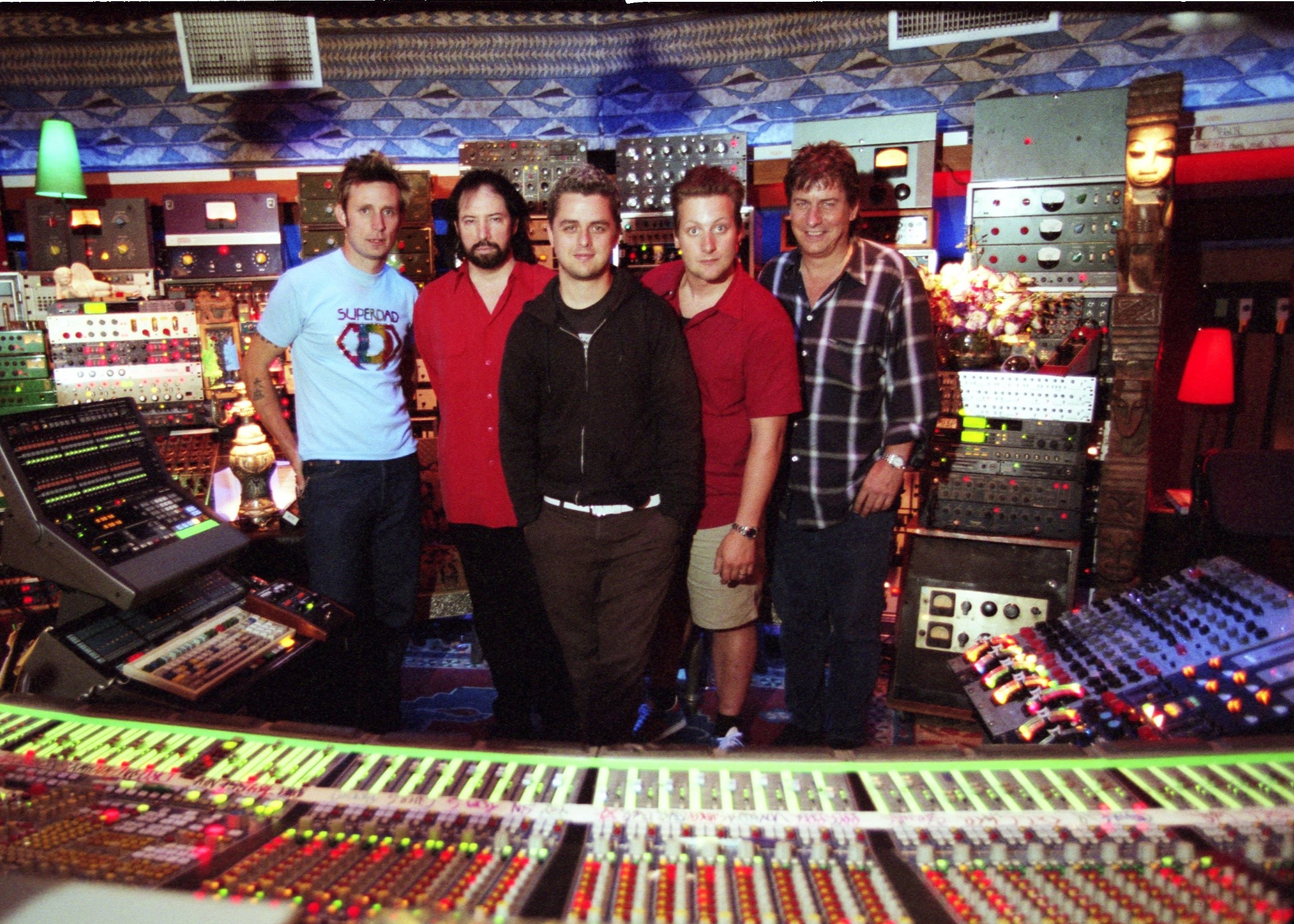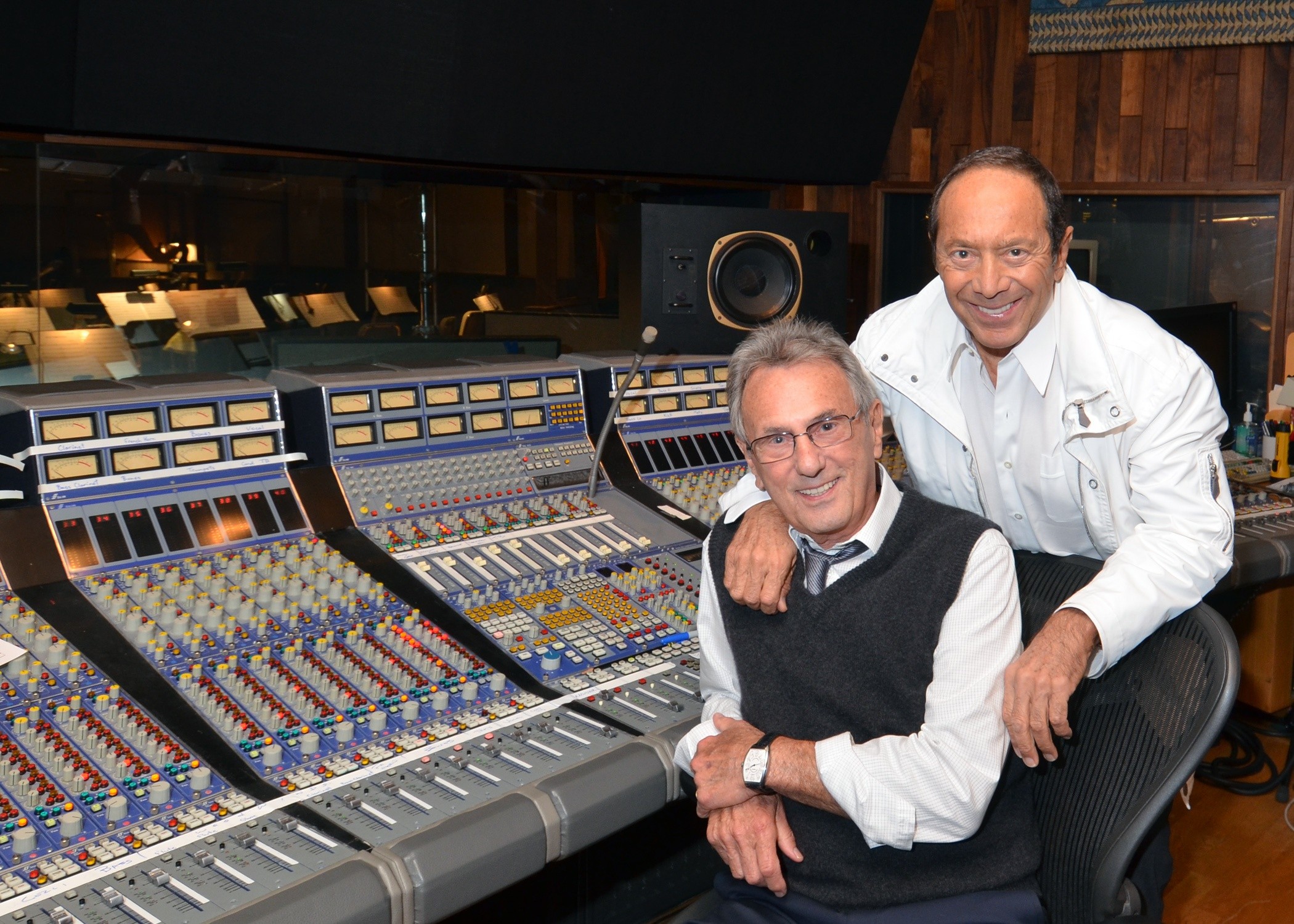Sounds Of The Focusrite Studio Console
Recollections of the music made using Focusrite’s much-loved recording console.
The Focusrite Studio Console was a rare machine; only 10 were ever made, and they found themselves in some of the finest studios around the world, from London and Los Angeles to Tokyo and South Africa. The big, open sound of the Focusrite found its way on to countless records, from band demos to chart-toppers. Here, we recall a small handful of recordings where the Focusrite console played a role.
Lucky Dube — Victims (1993)
Lucky Dube was one of South Africa’s biggest reggae artists, tragically killed in a carjacking in 2007. He recorded the album Victims in 1993 at BOP in South Africa, which was home to the largest Focusrite Studio Console ever made (and also the only one wired internally with silver, not copper, cable). Schalk Janse Van Rensburg, in-house engineer at BOP Studios, recalls the sessions. “Lucky Dube was one of the nicest people I ever had the privilege to know. I remember he used to grab me around the neck when he wanted to ask something and say ‘hey rasta!’ and then proceed to ask whatever he wanted to ask. His long time engineer David Segal engineered all his albums and created the recognisable Lucky Dube snare sound.”
The Black Crowes — Amorica (1994)
Jack Joseph Puig produced and mixed The Black Crowes’ third album Amorica, released in 1994. Following the massive success of the band’s first two records, Amorica hit a note with critics, who saw the album as a deliberate leap ahead in terms of their sound. Tracking was done at Sound City in LA, then mixed at Ocean Way Studio A. The result is an up-front energy with an in-your-face sound. Jack Joseph Puig’s tenure in Studio A at Ocean Way — always in front of the Focusrite console — was a 15-year period that helped to define an epoch of pop music. Artists including Beck, Hole, Counting Crows, Sheryl Crow, Stereophonics, John Mayer, Goo Goo Dolls and No Doubt all worked with JJP in Ocean Way Studio A at a time when record labels were powerful and studio budgets were still large. Puig’s use of the console ranged from full tracking and overdubs, to album mixes. “I started spending time in [Studio A] in ’94 or ’95 and it just went on for 15 years. It was one thing after another after another, and I never left the room!”

Ocean Way Studio A, during Jack Joseph Puig’s 15-year tenure in the room. (Photo: David Goggin.)
The South African National Chamber Orchestra (1994-95)
Schalk Janse Van Rensberg recalls productions with Peter Hamblin, General Manager for the South African National Chamber Orchestra. “I remember the first time Peter approached me and asked if I was willing to take on one of their productions. I was about 19 or 20 years old, and had never recorded a full classical ensemble — I was more than willing to do it with an attitude of ‘fake it ’til you make it’! I remember being anxious when all the musicians arrived the morning of the first session. Not having a clue how to mic the orchestra up, I just kept calm while all the musicians set up their instruments. I told Peter that I’d use the first day to do mic placements and, when he was happy with what we hear in the control room, we would start tracking. The moment the orchestra started playing Handel’s ‘The Arrival Of The Queen Of Sheba’, the sound filled the massive live room in such a beautiful way. Everything just sounded beautifully balanced, it was spectacular! I knew the only way to do this was to try capture exactly what I was hearing and experiencing. I was walking around the live room first listening, then setting up microphones wherever I heard something pleasing. I remember walking past the oboe section and thinking that I had to capture the sounds of the keys at a certain point in the piece, so I placed some spot mics. Back in the control room as I opened up the mics and set level to tape one by one, I was experiencing exactly what I heard in the live room. I remember when I had all the mics open and a rough balance between the mics, Peter shouted from the back “don’t touch anything... whatever you’ve got going there is perfect!’ And that was that, we started tracking from this moment on. On that first day, I fell in love with the Focusrite console; it could capture exactly what I heard in the live room. I could capture the air with no processing at all. Full, open, clean, dynamic, just simply spectacular. Recording the orchestra during these sessions shaped how I approach everything I ever worked on after. Never again have I just set up mics following convention. Now I always walk around and listen first to what’s going on in the live room and decide then where to place my mics.”
Koffi Olomide — Attentat (1999)
BOP Studios in South Africa was booked for the tracking of Congolese artist Koffi Olomide’s album Attentat. Schalk Janse Van Rensburg and fellow in-house engineer Neelan Parshotam were on the session at the sprawling residential resort-studio. He recalls, “this band of 22 musicians arrived for a three-week session and not a single one of them could speak English, only French. It wasn’t long before you knew exactly what the artist wanted to do by just watching him and his reactions. The nerve-wracking part of it was that we were using our instinct, and once you dropped in there was no turning back — it was all destructive recording to tape! It all turned out well with a beautiful-sounding album thanks to the Focusrite console. This session taught me that music is truly a universal language as all of us understood each other and what the end goal was with very little conversation.”
Tricky — Blowback (2001)
Jack Joseph Puig mixed Tricky’s Blowback album in Ocean Way Studio A, and recalls the artist’s reaction to hearing it over the monitors for the first time. “Tricky came in and I played him the mix,” recalls Puig. “And he pushed himself back from the console, then looked at me and said, ‘I always have people come up to me and tell me that I’m sexy, and that I’m dangerous, and I never understand what they’re saying… Until today, when I heard that mix coming through the speakers. You’ve helped me understand what people see in me.’”
JJP’s room at Ocean Way was famously stacked full of gear — racks and racks of esoteric equipment that gave him practically infinite possibilities when it came to adding sonic flavor. Despite his walls of gear, the Focusrite Studio Console was always keeping up and making an impact on the sound, “I was never able to beat the mic pre [in the Focusrite Console],” he says, “which is shocking! On acoustic guitar, on drums, I don’t think it’s touchable.”
Green Day — 21st Century Breakdown (2009)
21st Century Breakdown was Green Day’s second rock opera, set in three acts, which was described by lead singer/songwriter Billie Joe Armstrong as “a snapshot of the era in which we live”. It reached number one around the world and also won Best Rock Album in the 2009 GRAMMY Awards. Songs on the album were written in 2006-2007, but recording did not commence until early 2008. According to Mix Magazine’s feature on the recording process, most of the album was tracked at Ocean Way Studio B, after which producer Butch Vig and engineer Chris Dugan “made fairly detailed mixes on Ocean Way’s Focusrite Board [in studio A] before turning the Pro Tools Session over to master-mixer Chris Lord-Alge” for the final mixes. (With the exception of ‘Murder City’ which was recorded entirely at Studio 880, Green Day’s de facto studio home in Oakland, CA.)

Green Day with Jack Joseph Puig (second from left) during a session in 2000. (Photo: David Goggin.)
Paul Anka — Songs Of December (2011)
Paul Anka recorded Songs of December at Ocean Way Studio A and Capitol Studios. The album, released in 2011, features holiday classics such as ‘Winter Wonderland’ and ‘White Christmas’. Commenting on the album in an ABC radio interview, Anka said, “what I tried to do with this album was to keep it in one beautiful, lush theme. I didn’t want to get any bells and whistles and novelties and overpower the songs.” The sound of the album is technically sparse, but full of moving orchestral arrangements — a modern recreation of the classic Christmas songs of yesteryear. The album includes guest arrangements by David Foster, Johnny Mandel, Patrick Williams and Chris Walden and was engineered and mixed by the legendary Al Schmitt.

Pictured beside the Focusrite Console in Ocean Way's Studio A are recording engineer Al Schmitt (seated) and Paul Anka. (Photo: David Goggin.)
The Focusrite Studio Console had a deep impact on so many people’s lives and careers, and it is much loved by the engineers, producers and musicians who experienced it up close. (Check out our documentary on the console and its history here.) Though several of the original 10 consoles are still operational today, most of them are in private studios, so the opportunity to work on one these days is rare.
But thanks to Focusrite’s collaboration with software house Brainworx, you can experience the sound of the Focusrite Studio Console in your own projects. The faithfully recreated plugin accurately models the full signal paths of the ISA 110 and ISA 130, bringing all the analogue character and colouration of the Focusrite Studio Console to your DAW-based productions. Offering four bands of parametric and shelving EQ, high- and low-pass filters, compression/limiting, gating/expansion and de-essing, it’s as powerful a sound-shaping tool today as it ever was. It even expands on the capabilities of the original with modifications including continuously variable THD and Gain controls. And with Brainworx’s Tolerance Modelling Technology, providing 72 modelled circuits, you can even recreate the subtle timbral variations between channels that you’d get with the real console.
